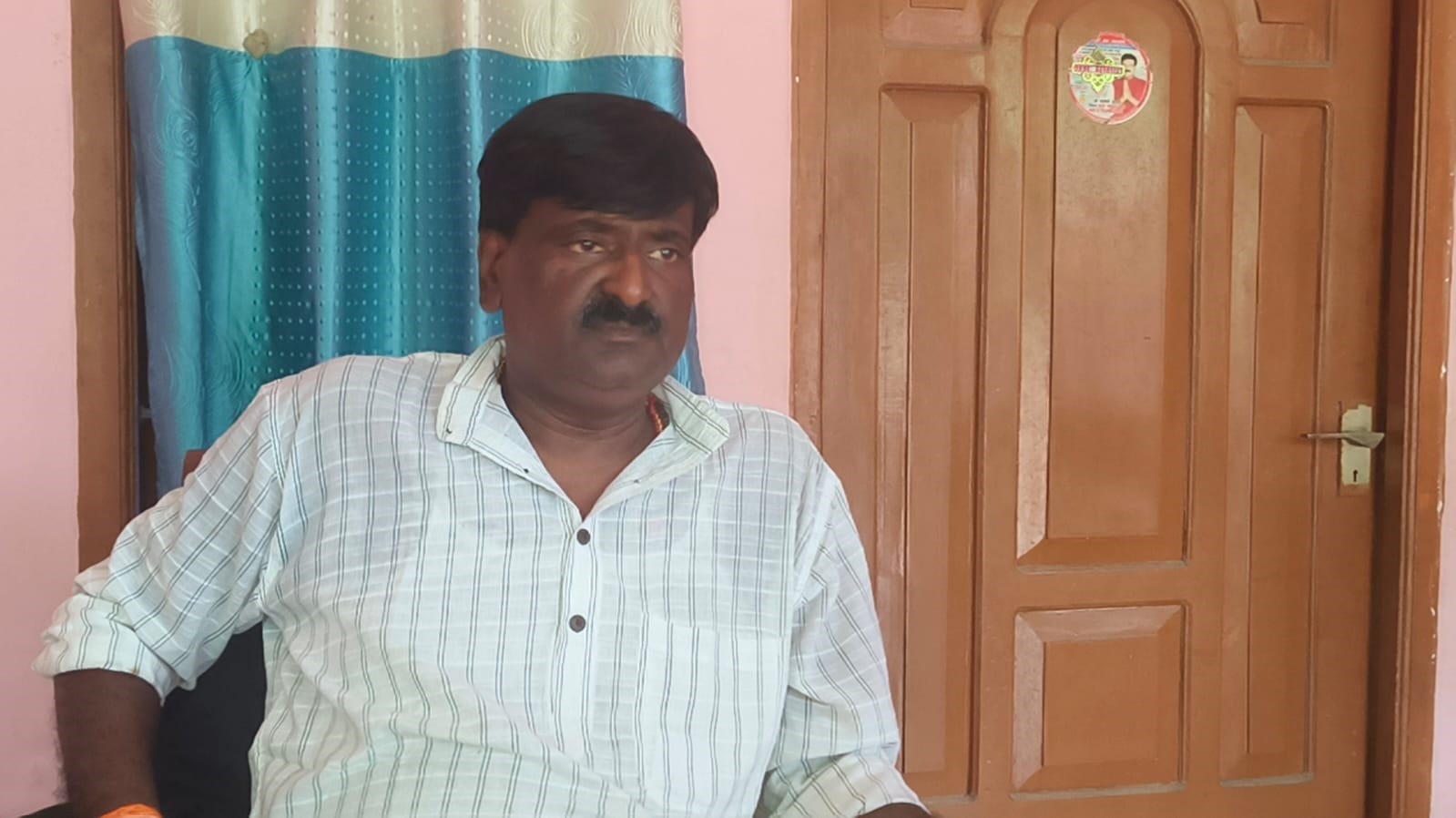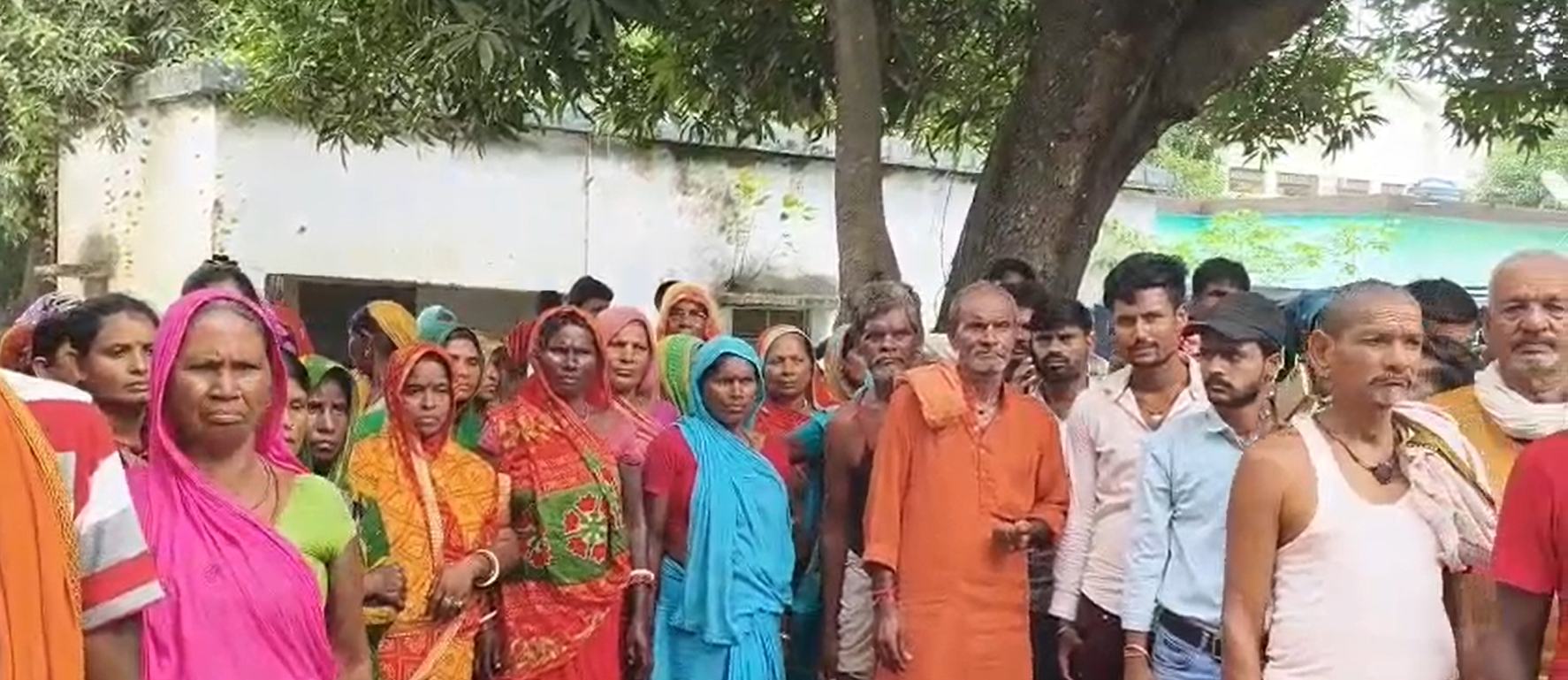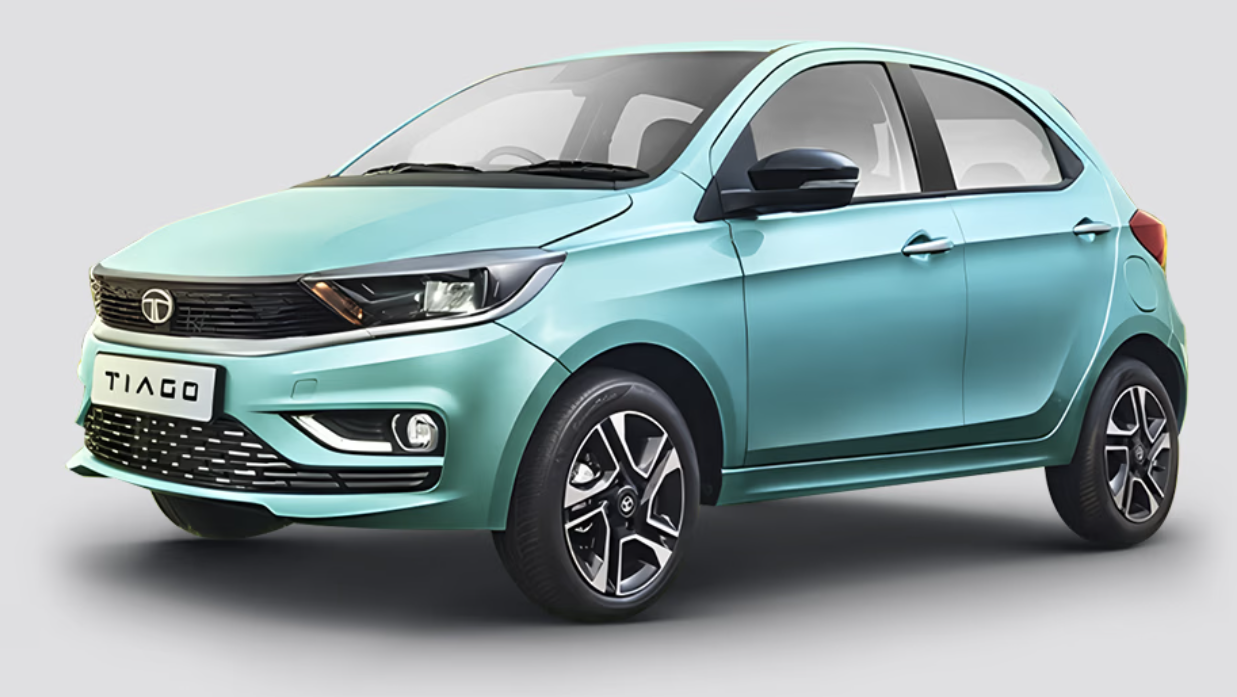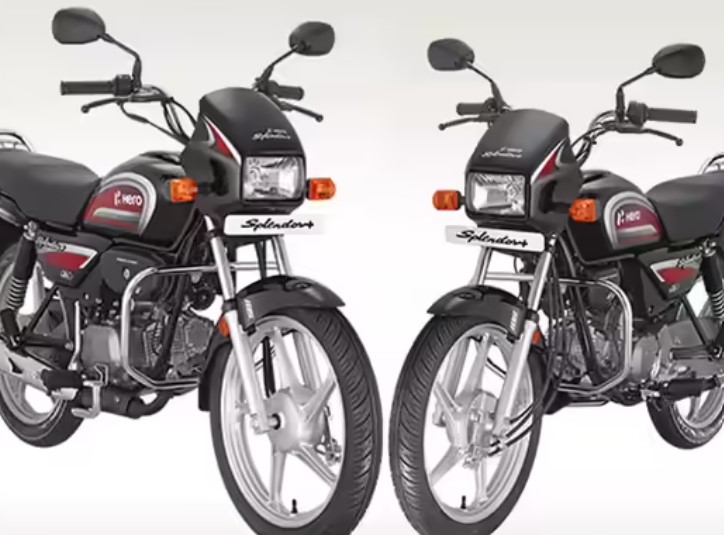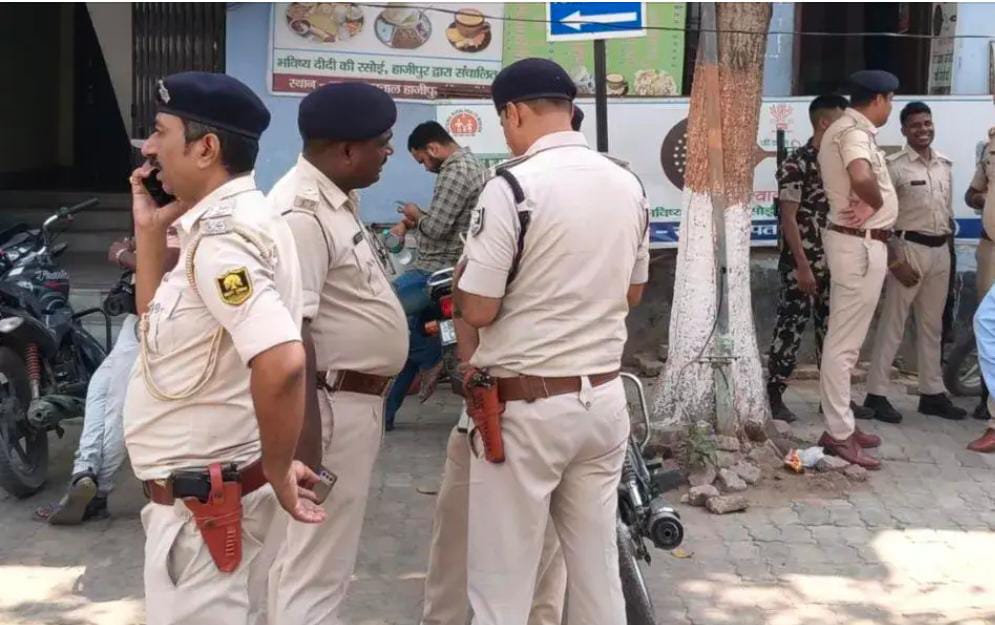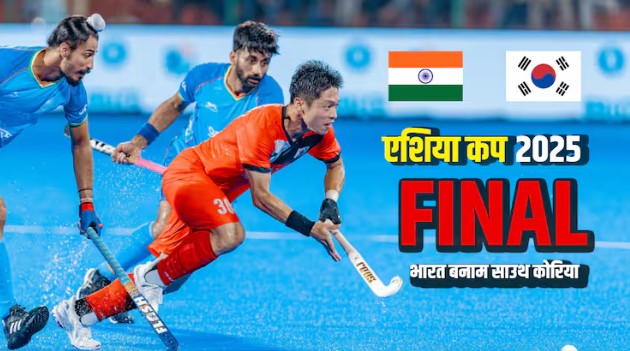What is Car Insurance?
Car Insurance (also called Motor Insurance) is a legal contract between you and an insurance company. It provides financial protection against losses or damages to your car, third-party vehicles, property, or even injuries caused in accidents.
👉 In India, Third-Party Car Insurance is mandatory under the Motor Vehicles Act, 1988.
🎯 Why is Car Insurance Important?
-
Legal Requirement – You cannot drive without at least third-party insurance.
-
Financial Protection – Covers repair or replacement costs in case of accidents.
-
Third-Party Liability – Protects you from legal/financial liabilities if you injure someone or damage their property.
-
Theft or Fire Coverage – Covers loss of car due to theft, fire, or natural calamities.
-
Cashless Repairs – Many insurers have tie-ups with garages for direct claim settlement.
📌 Types of Car Insurance in India
-
Third-Party Liability Insurance
-
Mandatory by law.
-
Covers damage to other people, vehicles, or property.
-
Does not cover your own car’s damage.
-
-
Comprehensive Insurance
-
Covers both third-party + own damage.
-
Protection against accident, theft, fire, natural disasters, riots, etc.
-
Can be customized with add-ons.
-
-
Own Damage Insurance (OD)
-
Only covers damage to your own car.
-
Useful if you already have third-party cover but want extra protection.
-
🔑 Popular Add-ons in Car Insurance
-
Zero Depreciation Cover (full claim without depreciation cut)
-
Roadside Assistance (help if car breaks down)
-
Engine Protection
-
No Claim Bonus (NCB) Protection
-
Personal Accident Cover
💡 Things to Check Before Buying Car Insurance
✔️ Compare premiums and coverage of multiple companies.
✔️ Check claim settlement ratio of the insurer.
✔️ Look for a wide network of cashless garages.
✔️ Choose the right IDV (Insured Declared Value) for better claims.
👉 In short: Car Insurance saves you from heavy expenses and legal troubles while giving peace of mind on the road.



